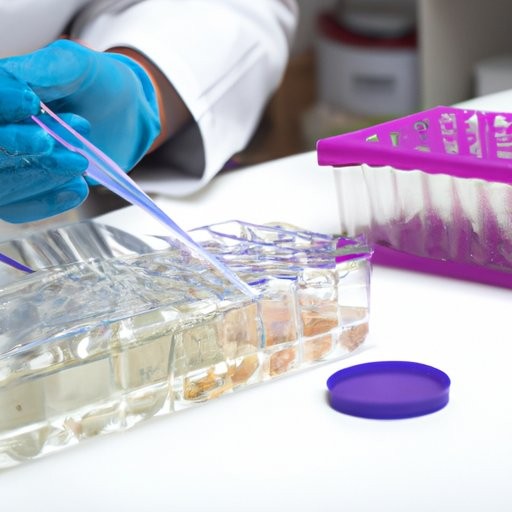Why You Should Be Concerned About PFAS in Your Local Water Supply
Per- and polyfluoroalkyl substances (PFAS) are synthetic chemicals prevalent in many everyday products. While they offer benefits like water and stain resistance, their persistence in the environment and potential health risks are alarming. Communities across the United States, including [Your City/State], are increasingly aware of the dangers PFAS pose to local water supplies.

What is PFAS Contamination in Drinking Water?
PFAS enter drinking water mainly through industrial discharges, firefighting foam, and landfill runoff. These chemicals can seep into groundwater and surface water, eventually reaching municipal water systems. Due to their chemical stability, PFAS are challenging to remove once they contaminate water supplies.
Common sources of PFAS contamination include industrial sites, military bases, and airports. Aqueous Film-Forming Foam (AFFF), used in firefighting, contains high levels of PFAS. When used, AFFF can infiltrate soil and contaminate nearby water sources, posing health risks to people.
What Health Risks Are Linked to PFAS Exposure?
PFAS exposure has been associated with various health issues, including cancer, liver damage, immune system suppression, and reproductive problems. The Centers for Disease Control and Prevention (CDC) notes that PFAS can affect fetal and infant development and increase cholesterol levels in adults.
The Environmental Protection Agency (EPA) advises that drinking water should contain no more than 70 parts per trillion (ppt) of certain PFAS compounds. However, some experts believe even lower levels could be harmful, leading to calls for stricter regulations and comprehensive water testing.
What Are the Regulatory and Remediation Efforts for PFAS?
The EPA is actively addressing PFAS contamination through regulations and research. In 2021, the agency announced a plan to combat PFAS pollution, including setting enforceable drinking water standards and expanding monitoring. Many states have also implemented their own regulations, often with stricter limits than the EPA's.
State actions vary, with some establishing maximum contaminant levels (MCLs) for specific PFAS compounds. These efforts aim to protect public health by ensuring regular testing of drinking water systems and prompt contamination response.
How Are PFAS Detected and Removed from Water Supplies?
Detecting and removing PFAS from water is complex and costly. Technologies like granular activated carbon (GAC) filtration, ion exchange, and high-pressure membranes are commonly used to treat contaminated water. While effective, these methods require significant investment and maintenance.
Research into new treatment technologies is ongoing, aiming for cost-effective solutions that can be widely adopted. Public awareness and advocacy are crucial in advancing these efforts, as communities demand safer water and accountability from polluters.
FAQs About PFAS in Your Local Water Supply
What are PFAS and why are they concerning?
PFAS are synthetic chemicals used for their water and grease-resistant properties. They are concerning because they persist in the environment and are linked to health issues like cancer and immune system effects.
How can I find out if my local water supply is contaminated with PFAS?
Check with your water utility provider for testing results. Many states maintain databases of PFAS contamination sites and affected water systems. The EPA's website also offers resources on PFAS contamination in drinking water.
What steps are being taken to regulate PFAS in drinking water?
The EPA is working to establish enforceable drinking water standards for PFAS and has issued health advisories for certain compounds. Several states have implemented their own regulations, often setting stricter limits than the EPA. These efforts aim to protect public health and ensure safe drinking water.
Are there ways to remove PFAS from my home water supply?
Yes, home water treatment options like granular activated carbon (GAC) filters and reverse osmosis systems can reduce PFAS levels. Choose a system certified for PFAS removal and maintain it according to the manufacturer's instructions.
How Can You Take Action to Protect Your Water Supply?
As awareness of PFAS contamination grows, individuals and communities must advocate for stronger regulations and effective remediation. By staying informed and demanding accountability from polluters, you can help ensure your local water supply remains safe. Communities across the United States, including [Your City/State], are taking steps to address this issue, and your involvement is crucial in driving change.



